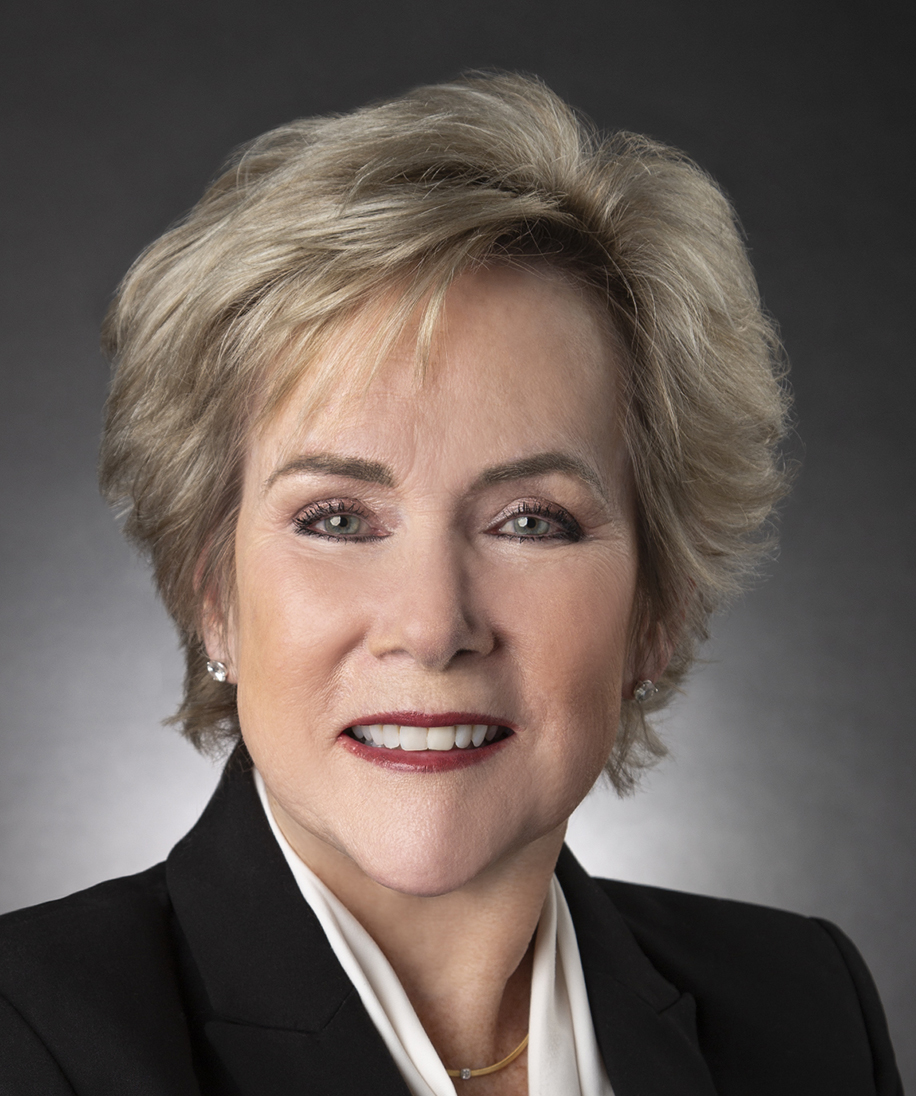Attorney Authored
Breaking the Glass Ceiling: Women in the Boardroom, 1st Ed.
October 01, 2011
By
Dr. Fritz Kleweta
& Tara K. GiuntaClick here for a PDF of the full text.
FOREWORD
We are pleased to present the inaugural edition of “Breaking the Glass Ceiling: Women in the Boardroom,” a global survey that looks at regional differences in how legislatures and regulators are addressing gender parity on the boards of listed companies.
In the report, we examine the legal and regulatory developments and trends around this issue. In certain jurisdictions, change is mandated; in others, change is encouraged; and, in still others, change is dependent on whether industry will respond. We offer insights into differences in viewpoint and the varying degrees of government involvement in mandating stronger representation of women in the boardroom. Following is a brief snapshot of our findings.
Since its beginning, the European Union has viewed gender equality with keen interest. However, despite a number of directives and recommendations starting in 2006 addressing gender equality, women in general remain underrepresented on boards throughout Europe. In response, earlier this year the EU Commission issued its “Green Paper on Corporate Governance,” which solicited suggestions from Member States, Parliament, and other interested parties on how to better ensure gender balance. This, along with more persuasive measures such as quotas – and even the threat of quotas – has helped keep the issue in the spotlight. Although the EU is still analyzing responses to the Green Paper, one thing is clear: gender parity is a high priority in Europe, with some countries adopting quotas while others are implementing less stringent affirmative action initiatives.
Across the pond, gender parity continues to gain attention in both Canada and the U.S., but with far less vigor. While there is no existing statutory requirement that mandates equality on boards in Canada, it has become a focus of major policy issues with a number of initiatives underway to level the playing field. In the U.S., although there is strong support for diversity initiatives as a whole, efforts around diversity on boards remain largely voluntary and progress has been slow.
While the SEC requires disclosure of a company’s diversity policy, it does not mandate that listed companies commit to diversity. The aspirational view is that, while these measures may not be as immediately impactful as quotas, they will be more widely embraced and therefore will be more effective in the long run.
Lastly, we examine efforts in Australia and New Zealand. Australia reports a high number of women in the workforce, but a small number of women represented in leadership roles or on boards. However, new legislative measures and more stringent disclosure requirements for listed companies have recently delivered encouraging results with a positive trend line. In New Zealand, gender equality in high-ranking public positions is not equally reflected on corporate boards.
Though there is a desire for change, legally mandated action or quotas are not popular options. Only time will tell whether other less stringent measures will be strong enough catalysts for change.
Diversity has been a core value of our firm since inception and remains so today. We are proud to have a number of women in leadership roles and strive to ensure that diversity influences all aspects of our business. We were honored to receive Gold Standard Certification from the Women In Law Empowerment Forum (WILEF) in June 2011, recognizing that women comprise a significant portion of our leadership structure and are top earners.
We are pleased to present this study and hope you find it interesting and informative. We are already working on the next edition which will add jurisdictions, notably in Asia which is missing from this report, as well as address developments in the countries covered by this inaugural edition. We look forward to providing you with future updates and welcome the interesting and important discourse that is part of the debate as to how best to achieve gender parity on corporate boards.
Tara K. Giunta, Partner
Paul Hastings (Washington, D.C.)
Editor
Contributors
